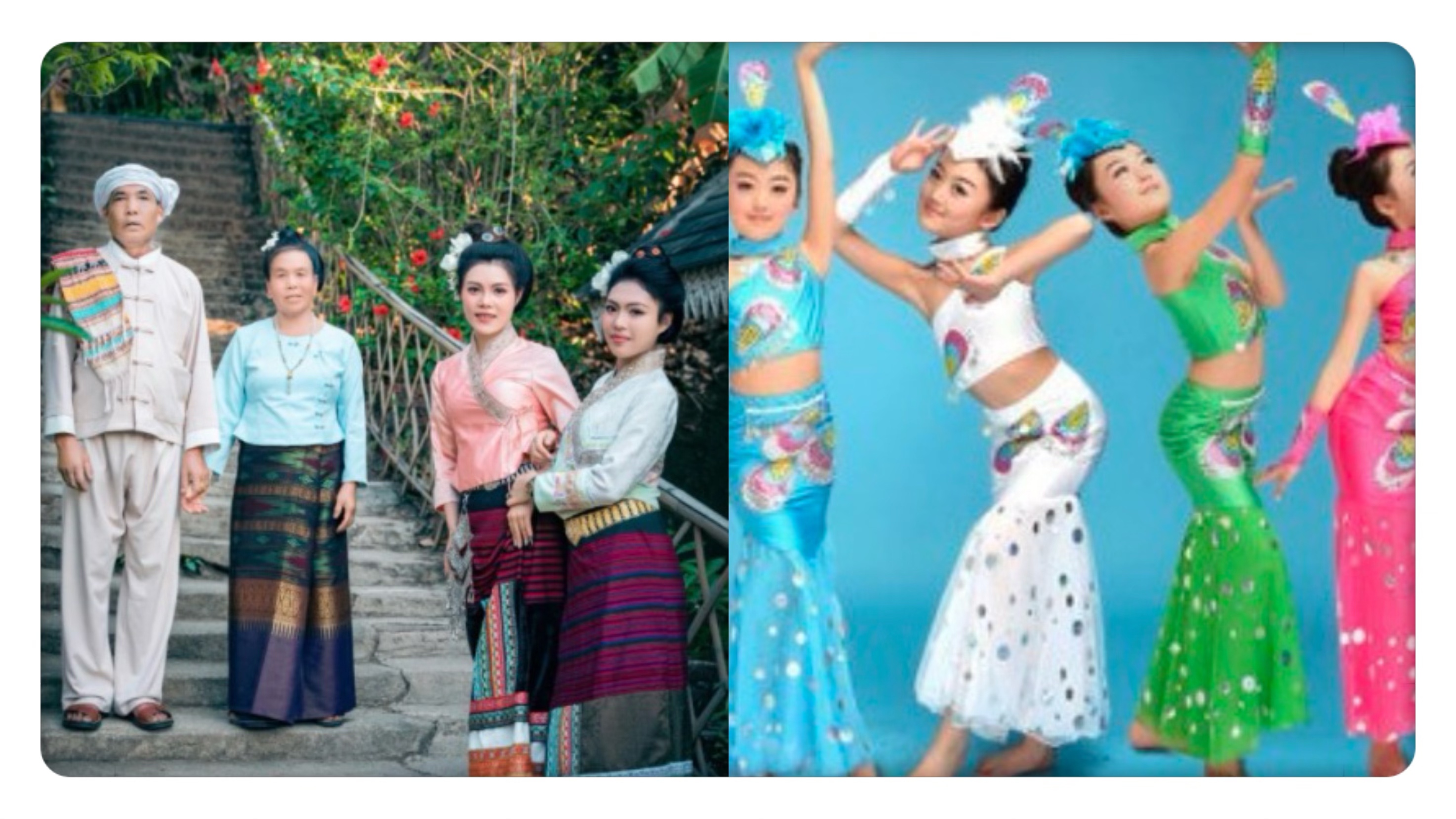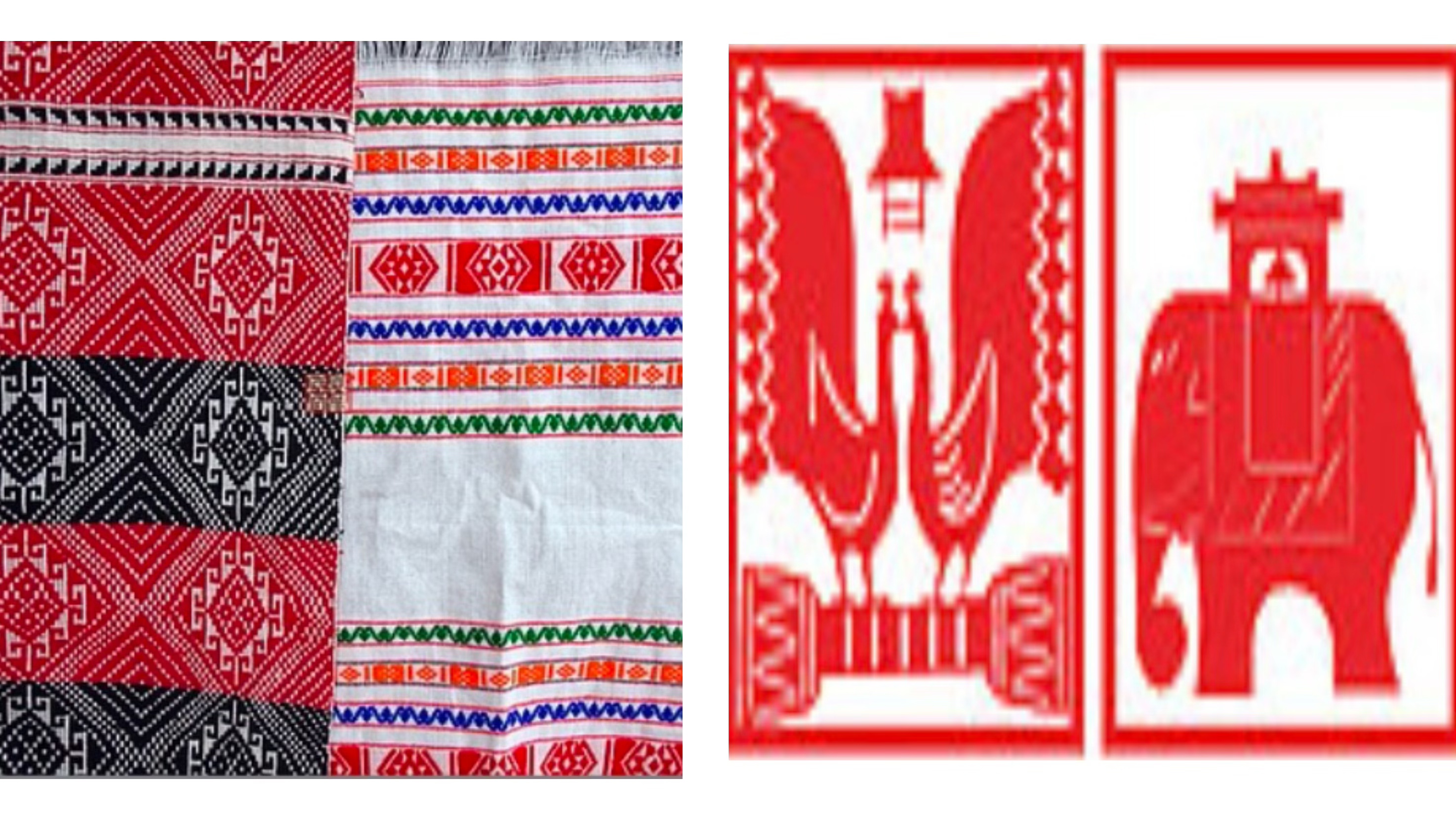Threads of Tradition: The Stories Woven into Dai Fabrics
The beauty of Dai clothing is inseparable from its brocade craftsmanship. Dai brocade has a long history, rich patterns, rich life colors, bright colors, and a simple style. They often weave peacock and elephant patterns on daily necessities such as skirts, bags, quilts, mattress sheets, curtains, and hand towels, and each pattern color is given a specific content (Zeng, 2019).
The role of color in Dai clothing is, well, significant. Each color carries its own, let’s say, meaning. For instance:
- Yellow: Yellow represents things like the sun, prosperity, and wisdom. This is probably why, or perhaps part of the reason, that Totoro’s outfit, the one he wears, has this bright yellow base.
- Green: This color represents nature. It can be linked to harmony and vitality, and it’s also thought to represent people’s close ties to forests, lands, plants, and other natural surroundings.
- Red: It is worn when there is a need to mark a festive time, to make the moment feel more special, more significant, or something like that. Red can symbolize joy, but it’s more for times of celebration, more for those moments recognized as important.
- Blue: Blue is connected to water, which is very important in Dai culture. The Dai people attach great importance to their relationship with water. For example, they often live near water, and they have a famous Water Splashing Festival, which is all about water.

Dai textiles often feature intricate embroidery and woven patterns, each carrying unique meanings. Some common motifs include:
- Peacocks: They are a highly revered symbol of wealth, beauty, and good luck. The Dai people consider peacocks blessings, and they can be frequently seen in ethnic dress and even during dance performances.
- Elephants: Representing strength, wisdom, and holiness in association with Buddhism. Since Yunnan enjoys a rich number of elephants, this is both a natural and cultural symbolism.
- Flowing Water: Symbolizes life, renewal, and purity, mirroring the significance of rivers in Dai’s daily life.



